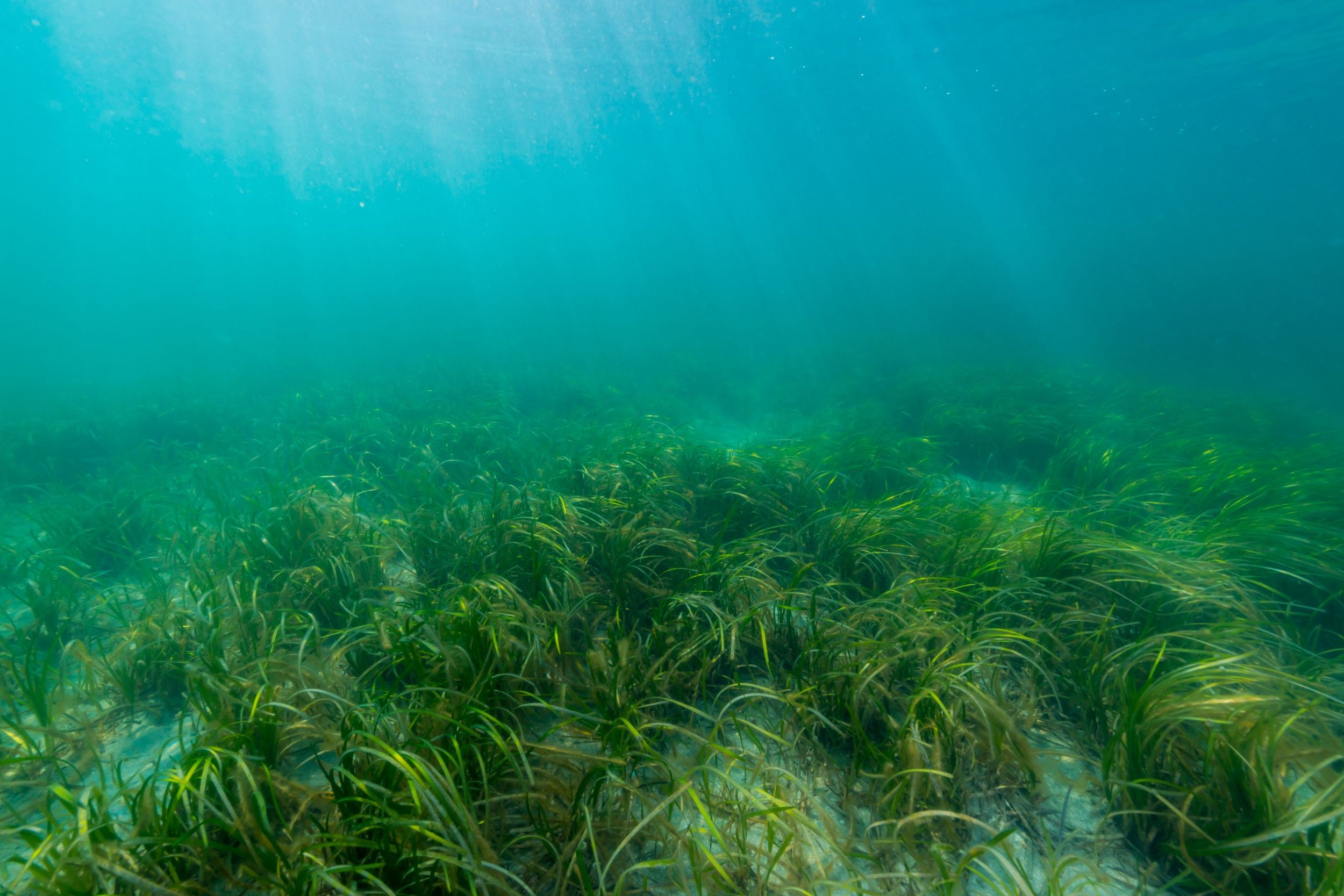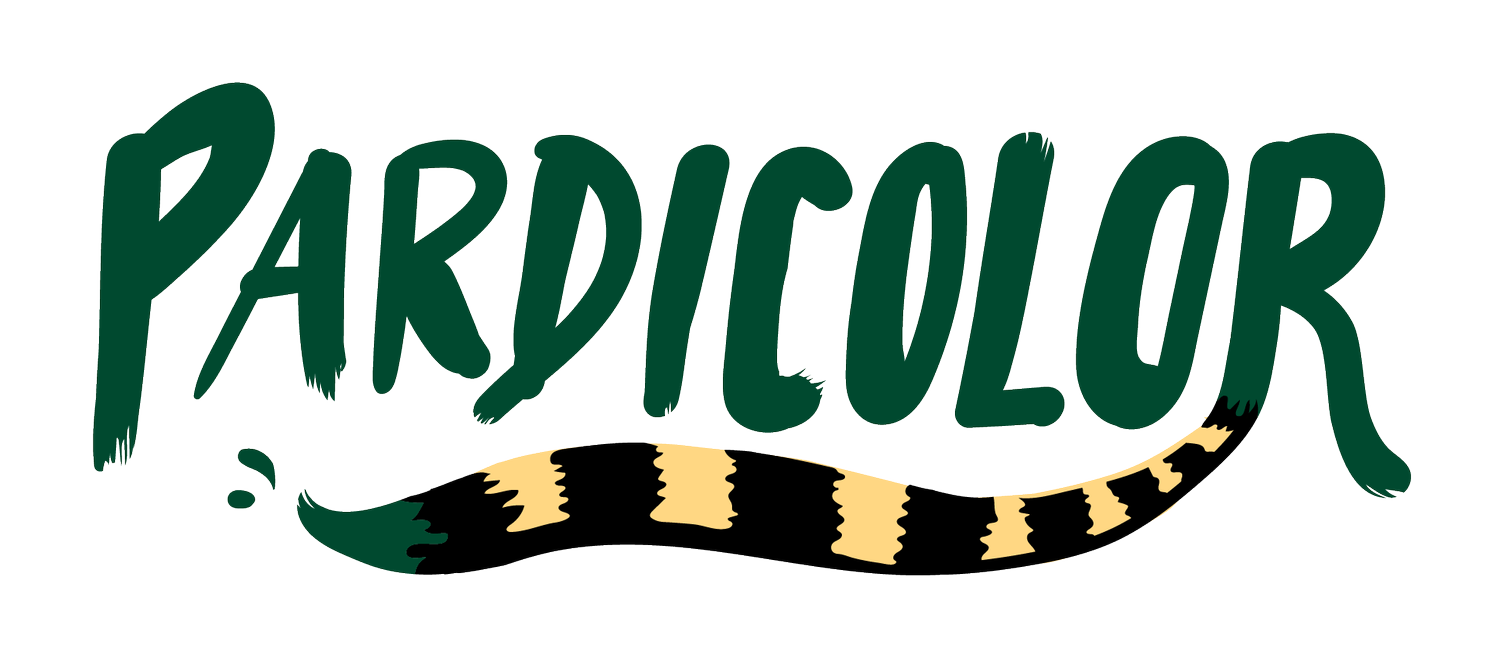
UNDER THE SEE: DUGONG
Natalie Limwatana
THAILAND
2020 PARDICOLOR Creative Arts Fund grantee.
‘Under the See: Dugong’ is a series of installations displayed by artist Natalie Limwatana as part of ‘Tangled: a journey into plastic pollution and the path towards solutions’, an exhibition held at the Bangkok Arts and Cultural Centre in February 2022. The group exhibition, organised by Love Wildlife Foundation and Environmental Justice Foundation, represents an inspiring collaboration between art, science, conservation and government in Thailand. All writings by Natalie Limwatana.
“Some of us are so used to accessing information on a screen that we can remain utterly detached from the subject we view. This installation is a way for us to step into the world of the dugong and connect to them.”
Natalie Limwatana
Artist Natalie Limwatana working on her dugong installation in February 2022.
‘Under the See: Dugong’ invites the audience to look more closely at how we are connected to the world under the ocean waves. The viewer is placed on the ocean floor, with waves rippling above our heads. Light filters down through discarded fishing nets. As the viewer moves, light catches a shape and gradually we see a dugong mother and baby. The full scene is mostly only visible if the viewer moves, and the more you look the more you see barely visible nets all around the animals.
Click on the video below to see Natalie’s walk around the installation
On one level the installation is literal: the mother is the size of an average female, around 3 meters and the baby the size of a new born calf, 1.2 meters. When we encounter large animals face to face we are often awed by their sheer size in comparison to us. The experience of being in physical relationship with the animal and can provoke feelings that do not arise when watching through a screen. Some of us are so used to accessing information on a screen that we can remain utterly detached from the subject we view. This installation is a way for us to step into the world of the dugong and connect to them.

This net represents the many threads that weave together our lives with the dugong. It is not as simple as it might seem at first glance. As much as we need to understand and protect the animals in any situation, we also need to understand the humans and the systems that act upon them also.
ABOUT DUGONGS
Mythic mermaids in a world of seagrass
The Dugong, or ‘Sea Cow’, is a marine mammal that lives in coastal tropical waters. With a diet comprised of exclusively sea grass the dugong can live for up to 70 years. Dugongs are classified as Vulnerable on the IUCN Red List of Threatened Species with a total global population estimated at 35,000. Dugongs reproduce very slowly; after a gestation period of 12-15 months young will stay with their mothers until sexual maturity at between 7-14 years of age. The main threats to the species are seagrass habitat destruction, hunting and fishing related deaths. Shallow coastal waters are subject to chemical run-off and an inundation of topsoil from farmed land which both disturb the delicate ecosystem and prevent sunlight from reaching the sea grass beds, the dugongs’ only food source. Dugongs are also heavily impacted by marine plastic pollution, including accidental consumption of plastics and drowning as a result of entanglement in discarded fishing nets.
The dugong’s closest living relative is actually the elephant. These shy, gentle creatures are thought to be the source of the mermaid myths in many cultures…After giving birth the mother pushes the baby to the surface to take their first breath. Young stay with their mothers for at least 8 years and want to be in constant contact, often reaching out to touch her with a flipper. - N Limwatana

“One way humans and dugongs are directly connected is by what we eat. We use different types of nets to catch various sea animals, and most of these nets are now made from plastic. These type of nets can easily become tangled on rocks and other things underwater. In this situation the communities who use them have to weigh the risk of diving underwater to try to free them or cutting them loose. The income from fishing, the cost of replacing or repairing the net, plus the risk to life all have to be considered. Another way our food is directly connected is because most of our food supply now uses plastic packaging. Sadly most food packaging is single use, made with mixed materials which are very difficult and/or expensive to recycle. Very little is recycled or disposed of safely, and ends up in rivers and washed into the sea. The dugong’s only food source is seagrass and found in shallow tropical waters. Seagrass is similar to the grass we see on land, and plastic waste of all kinds is easily caught in the seagrass beds. When dugongs come to feed they eat plastics along with the seagrass and once inside the digestive system plastics cause several types of damage. ”

The dugong mother and calf swim at the centre of the installation, engulfed by fishing nets.

Natalie at work on her installation highlighting the dangers of plastic pollution to marine wildlife.
The nets literally show us how hard these materials are to see, how well they perform their function of catching live animals and how strong they are. Whilst building this piece I often got caught in the nets. The slightest contact or brush past was all that was needed to become entangled. I saw many visitors become caught also, both those who had not seen there were nets there, as well as those who knew. To work free of them took time and patience, and I could easily imagine how frightening it must be as an animal without fingers and thumbs to realise you have no way to escape.
N Limwatana
For Marium
This piece is dedicated to Marium, a baby dugong who was found alone in Thailand. She quickly captured our hearts as we followed her story. Sadly, Marium died in a few months, the autopsy found plastic in her digestive system. - N Limwatana
Artist statement
All of my work (artistic and otherwise) is focused on the connections between things. Eventually we understand every life form is interconnected to every other form of life on this planet. We are a part of a whole. Life is holistic.



